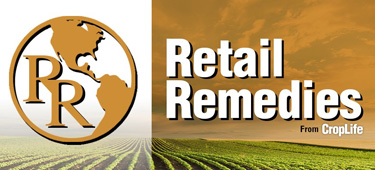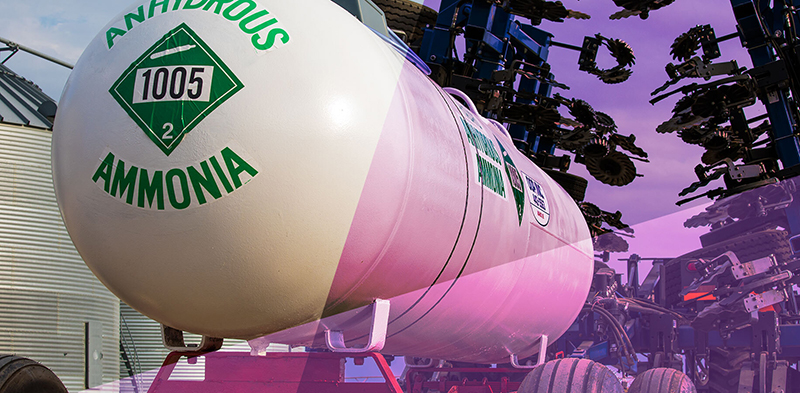Introducing Retail Remedies

Having covered the ag retail marketplace for more than two decades now, I’ve often been told that there is one factor that ag retailers and their grower-customers hate more than anything else going into a new growing season: Uncertainty. Now, to be fair, every growing season tends to have its share of uncertainty — particularly when it comes to such things as the weather. That kind of uncertainty, however, is something ag retailers and their grower-customers might not like, but they tend to be used to it. What the world-at-large has dealt with these past few years is something altogether different.
Uncertainty has been the overriding buzzword for much of the globe since the onset of the COVID-19 pandemic towards the end of 2019. Widespread market closures, travel restrictions, worker shortages, and supply chain disruptions are just a handful of such issues that have constantly plagued the marketplace for over two years now. On top of these, recent global developments such as Russia invading neighboring Ukraine and a strike by Canadian rail workers have only added the overall sense of uncertainty.
Now, I believed the industry was getting back into some semblance of normalcy on at least this last issue. Although the workers for Canada’s second largest rail company, Canadian Pacific, did end up striking on March 20, the stoppage only lasted for two days before an agreement was reached to end it. In my mind, this meant that ag retailers and growers could relax somewhat during the current spring planting season.
However, when I posed this question to CropLife readers, only 27% of respondents said the quick end to the Canadian rail strike would “settle things down for the spring.” The vast majority, 53%, still expected their supply situations for the spring months to be “uneven” despite the resumption of Canadian rail deliveries. Part of this might have to do with other key factors currently affecting the agricultural marketplace. This would include spiking energy costs (including fuel prices), overall inflation, rising interest rates, and supply chain impacts beyond just inputs (such as the raw materials used in the equipment sector). Although many of these items will directly impact the growers/suppliers and not ag retailers themselves, every unanticipated dollar spent in these areas will likely take one away from the retail outlets and their products/service offerings during the season. And ag retailers are supremely well-positioned to be a critical resource for their grower customers as they plan for the upcoming season.
 With this in mind, CropLife is starting a new section in its weekly enewsletter. Called Retail Remedies, this dedicated portion of our enewsletter will present suggestions to ag retailers to present to their grower-customers to make dealing with all the uncertainty of the 2022 planting season more manageable. This will include stories on product segments that can help growers stretch their hard-earned dollars in this time of higher crop input costs such as nitrogen stabilizers and adjuvants. In addition, with traditional macronutrient costs skyrocketing, growers might be looking at alternative sectors to supply their crop nutrient needs. This could include such segments as biofertilizers, biostimulants, and microbials. We will also look at up-and-coming technologies such as intelligent spraying systems and other innovative ag tech options. And there will be video interviews with key agricultural industry personnel to discuss current events and provide some answers to ag retailers on how to cope with these along the way.
With this in mind, CropLife is starting a new section in its weekly enewsletter. Called Retail Remedies, this dedicated portion of our enewsletter will present suggestions to ag retailers to present to their grower-customers to make dealing with all the uncertainty of the 2022 planting season more manageable. This will include stories on product segments that can help growers stretch their hard-earned dollars in this time of higher crop input costs such as nitrogen stabilizers and adjuvants. In addition, with traditional macronutrient costs skyrocketing, growers might be looking at alternative sectors to supply their crop nutrient needs. This could include such segments as biofertilizers, biostimulants, and microbials. We will also look at up-and-coming technologies such as intelligent spraying systems and other innovative ag tech options. And there will be video interviews with key agricultural industry personnel to discuss current events and provide some answers to ag retailers on how to cope with these along the way.
In these uncertain times, CropLife is here to provide answers to ag retailers and their grower-customers. We hope you will check out this section of our enewsletter regularly for market insights and useful information!
See all Retail Remedies content here.






